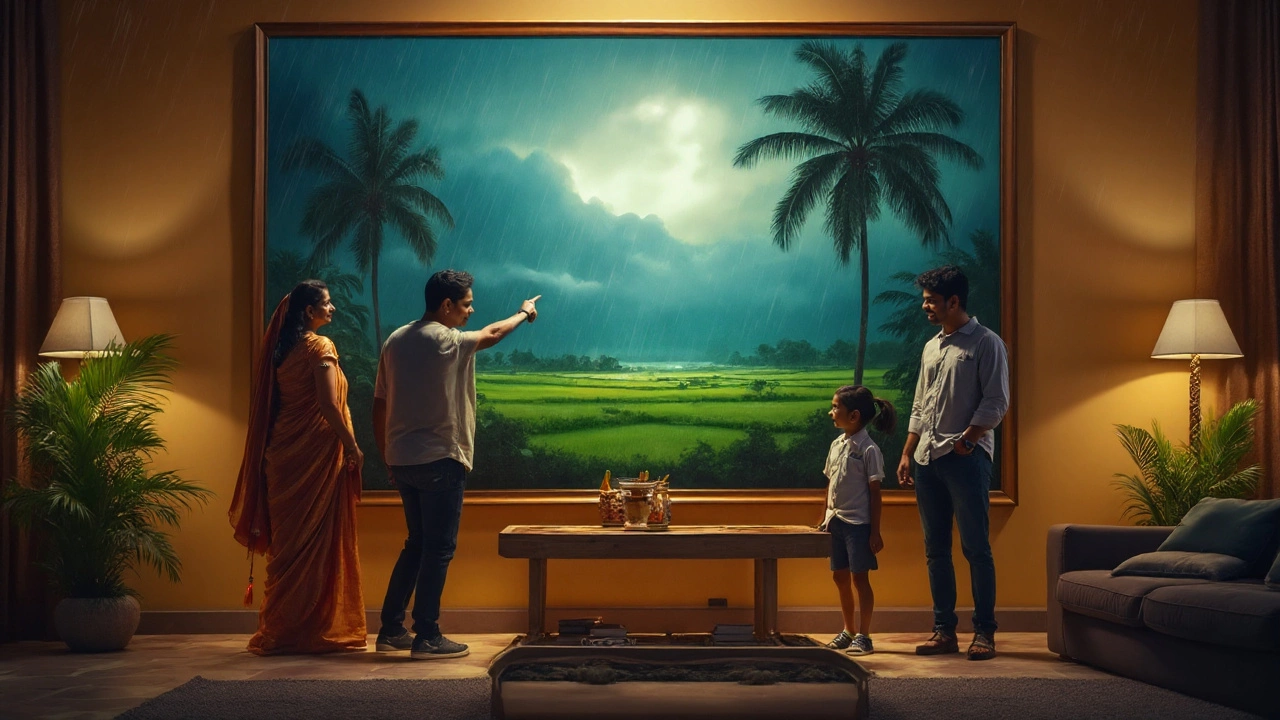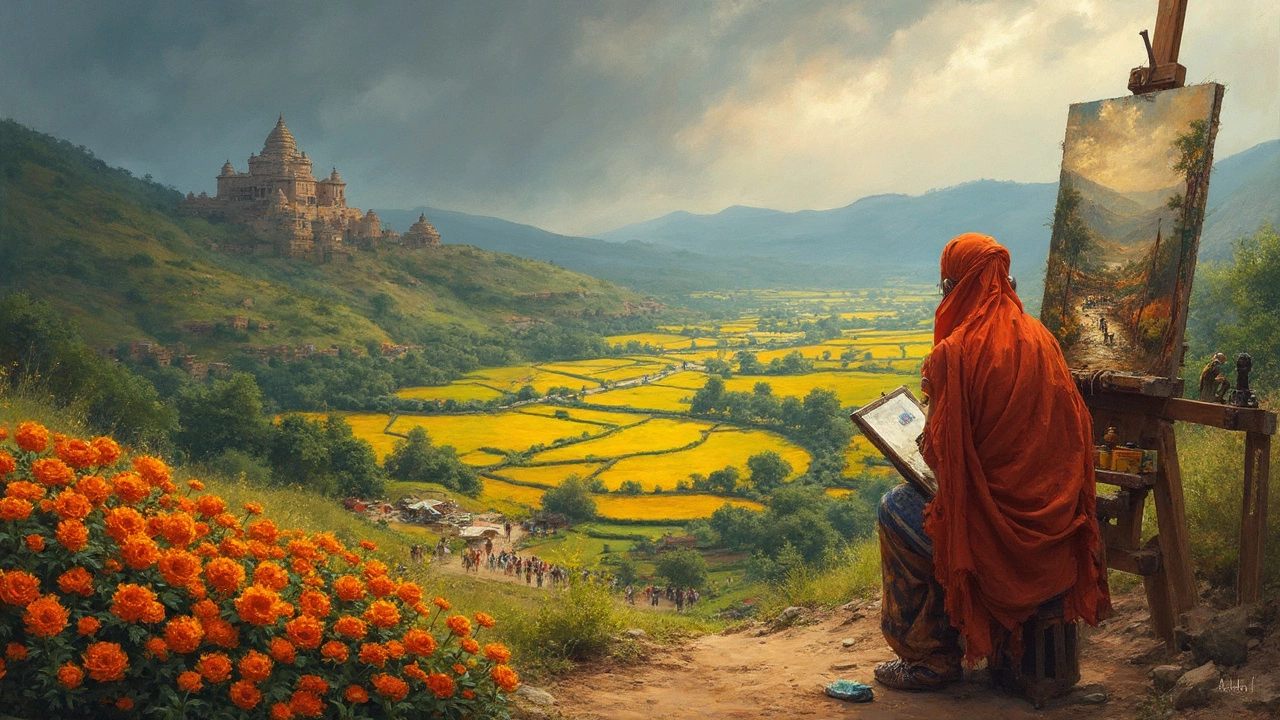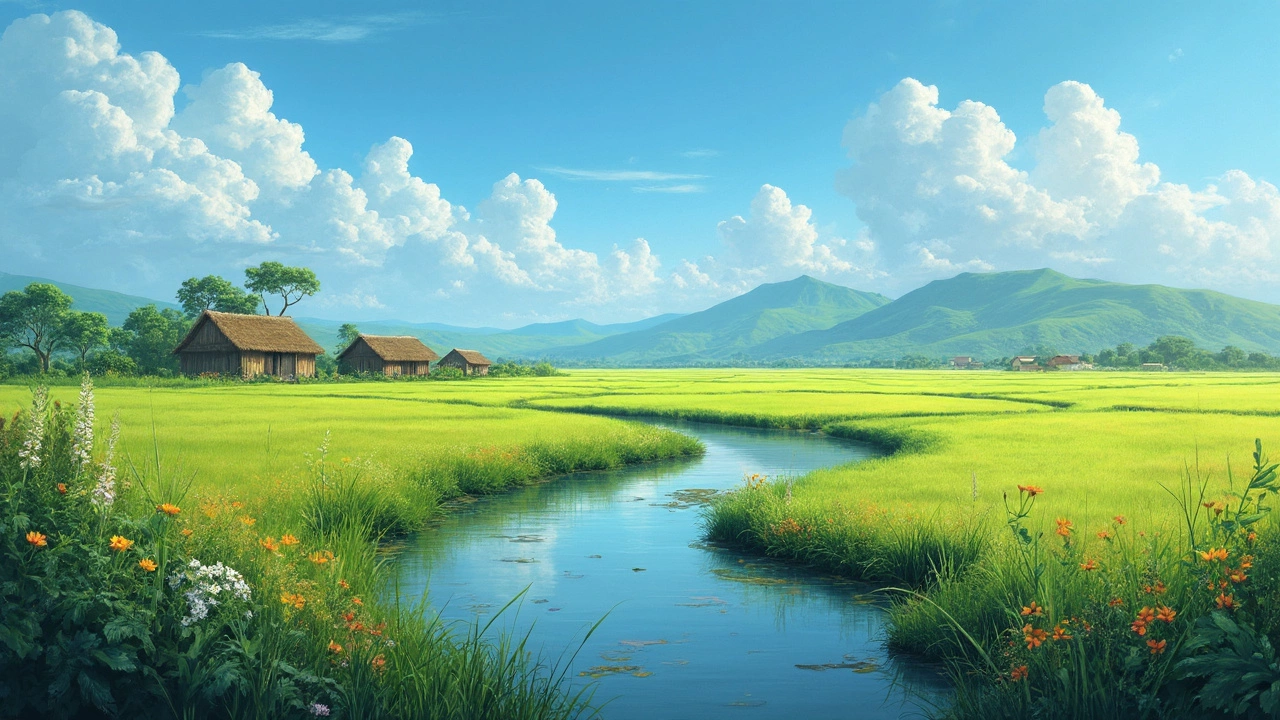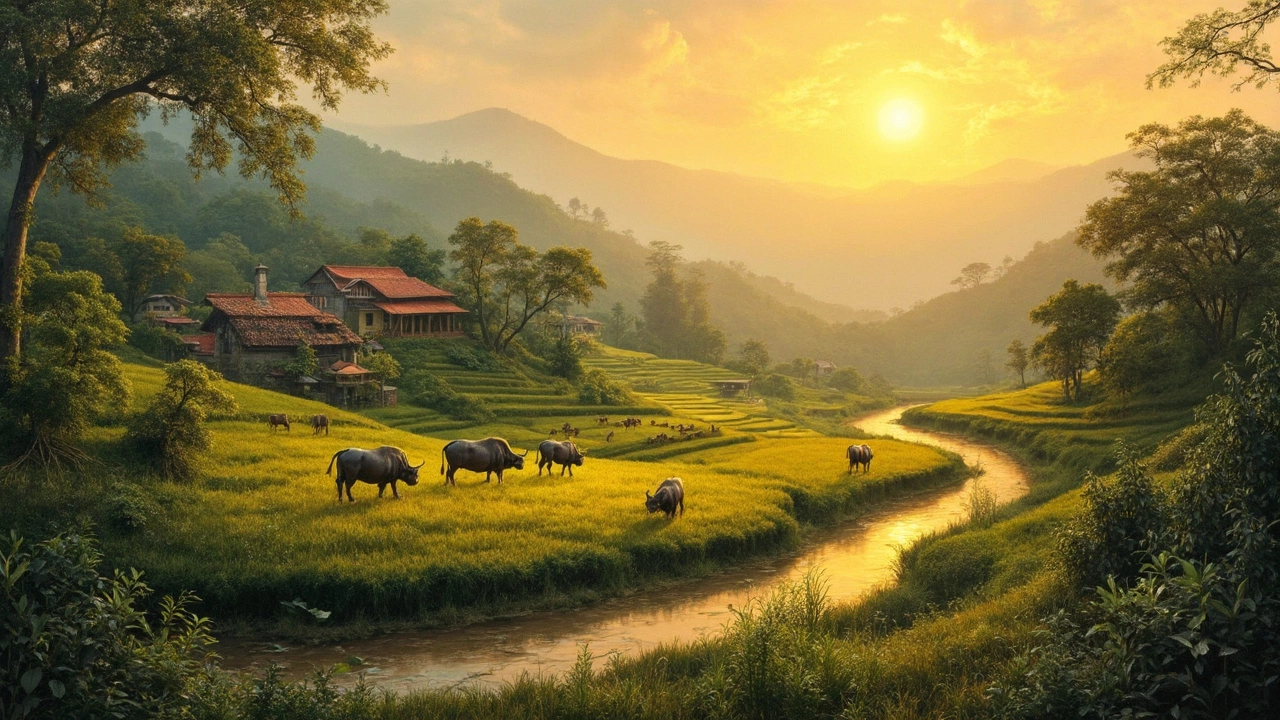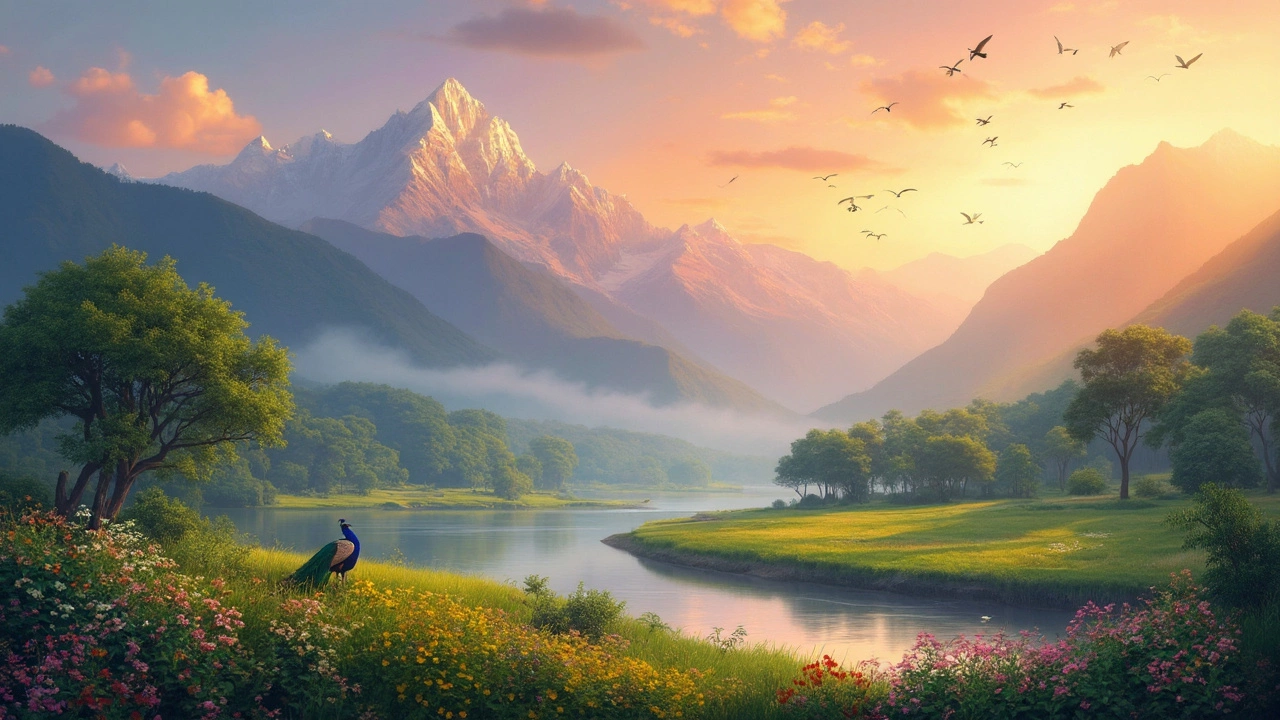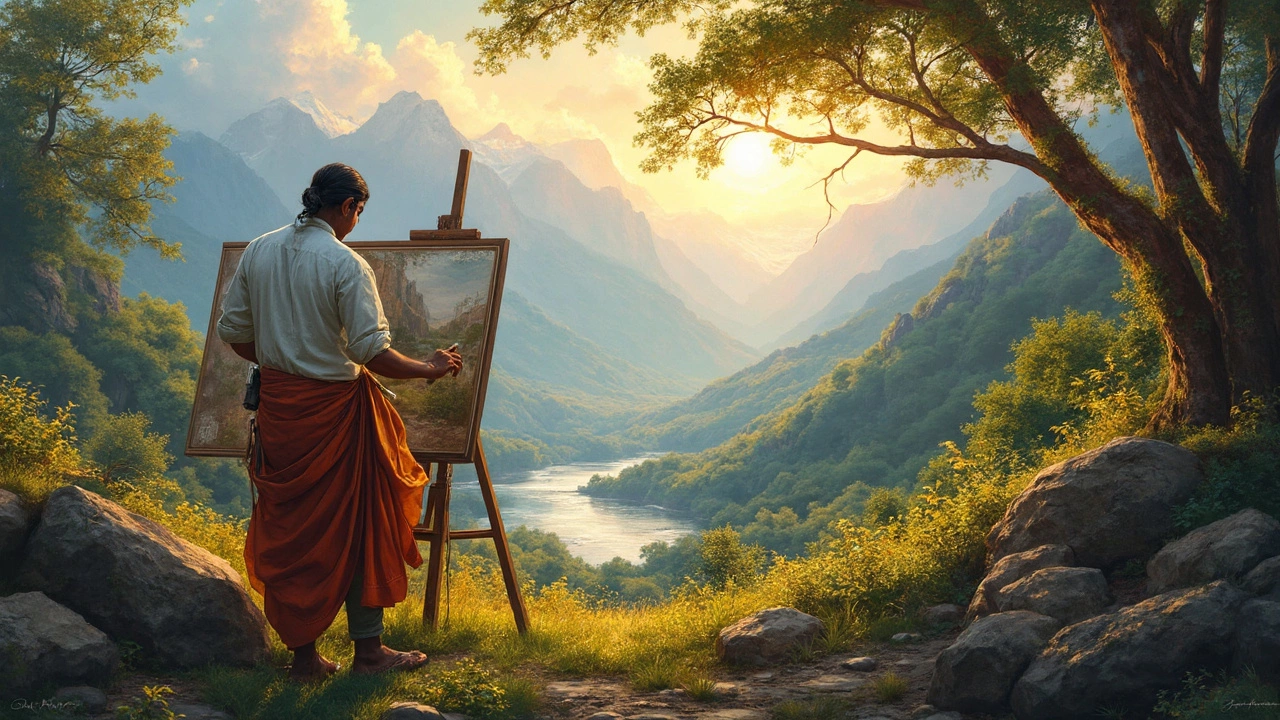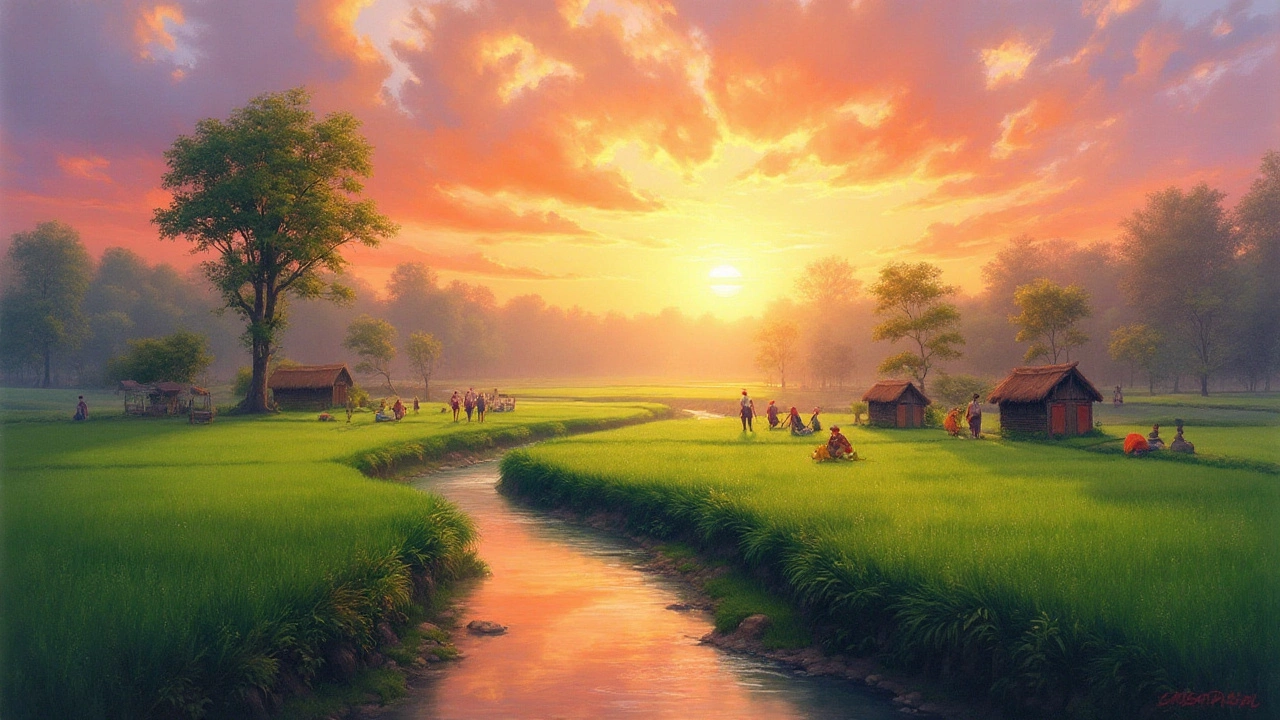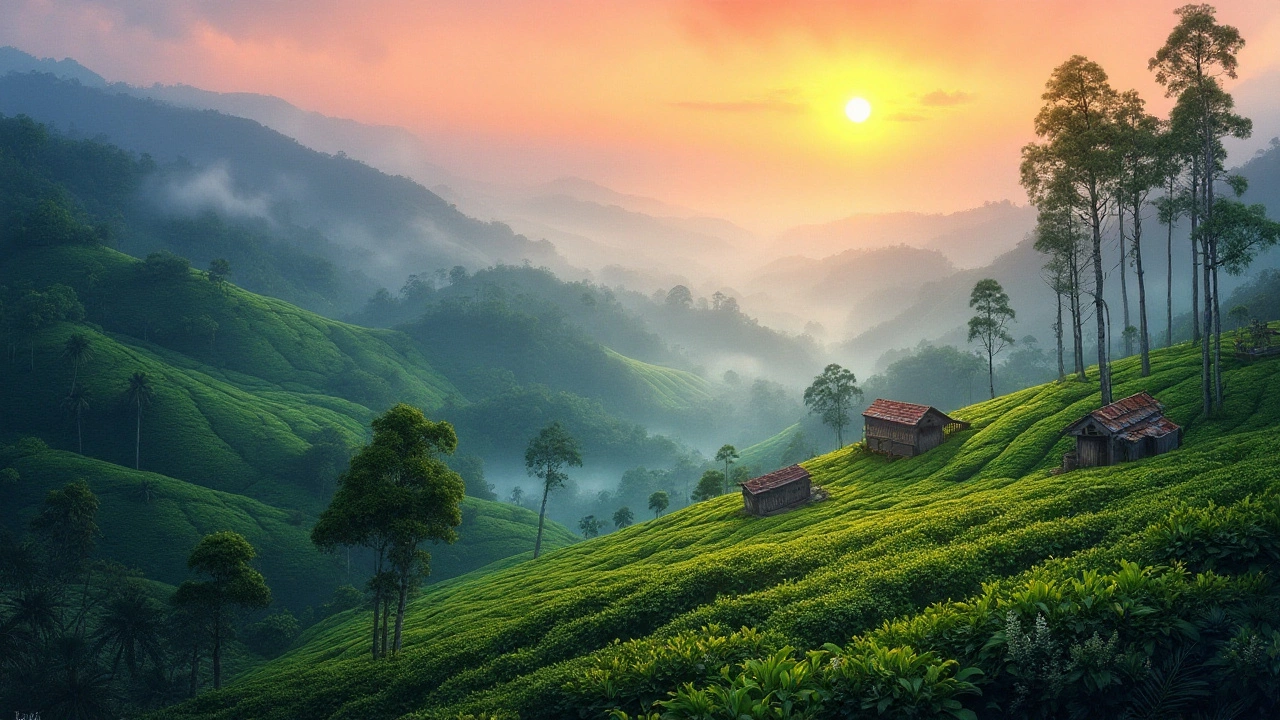Landscape Painting: What You Need to Know Today
If you’re curious about landscape painting, you’re in the right spot. Whether you’re a beginner, a collector, or just love looking at scenery on canvas, this guide gives you the basics without the fluff.
Three Core Styles You’ll See Everywhere
First off, most landscape works fall into three buckets. Representational pieces try to copy nature as closely as possible – think realistic hills and trees. Impressionistic landscapes loosen up the brush, focusing on light and mood rather than exact detail. Finally, abstract landscapes drop realistic forms altogether and use color and shape to suggest a scene. Knowing which style you prefer helps you pick art that fits your taste or guides your own painting practice.
Each style brings its own set of techniques. Realists care about perspective, shading, and tiny details. Impressionists rely on quick strokes and bright palettes to capture a moment. Abstract artists experiment with layering, texture, and unconventional colors. Try spotting these differences in galleries – you’ll start to see patterns fast.
How a Good Landscape Is Built: The Four Key Parts
Even the most modern landscape has four building blocks: foreground, middle ground, background, and sky. The foreground anchors the viewer with details like rocks or plants. The middle ground adds depth, often with a pathway or field. The background pushes the scene far away – distant mountains or a hazy horizon. The sky ties everything together, setting the mood with light, clouds, or color.
When you look at a painting, notice how the artist uses these parts. A strong foreground can make you feel you could step right into the scene. A dramatic sky can turn a calm field into a stormy drama. Understanding these parts helps you appreciate why a piece works, and it gives you a cheat sheet for creating your own.
Now that you know the styles and structure, let’s talk trends. In 2025, landscape painting is still popular, but a few shifts stand out. Buyers are gravitating toward mixed‑media works that blend traditional oil with digital textures. Smaller, album‑size pieces are in demand for home offices and apartments. Eco‑friendly materials, like plant‑based pigments, are also catching attention, especially among younger collectors.
If you want to buy a landscape, start by deciding your budget range. Prices vary widely – a small impressionist print might cost a few hundred dollars, while a full‑size modern oil can run into the thousands. Check the artist’s track record, look for recent sales, and ask for provenance to avoid fakes. Visiting local galleries or reputable online marketplaces gives you a feel for current price bands.
For sellers, the secret is presentation. High‑quality photos, clear dimensions, and a brief story about the work’s inspiration boost interest. Highlight any awards or exhibition history. Pricing should reflect both the artist’s reputation and the current market – a little research on recent sales helps you set a realistic number.
Whether you’re painting, buying, or just admiring, the world of landscape painting offers something for everyone. Keep an eye on the four parts of composition, know the three main styles, and stay updated on trends. With those basics, you’ll feel more confident navigating this vibrant art corner.
